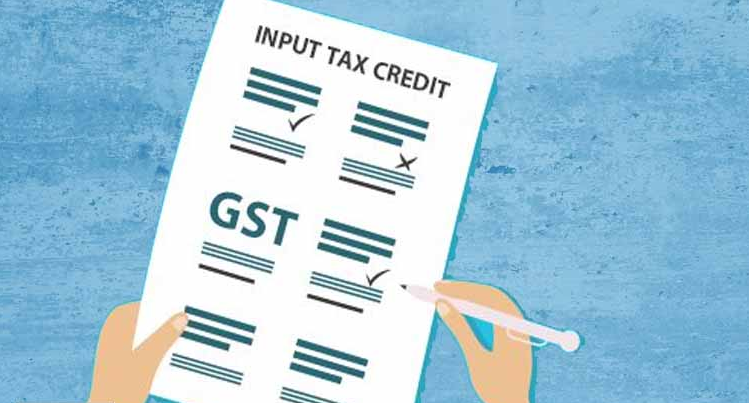After reading the previous article on 'The Introduction to GST in India,' I'm sure you have a better understanding of how the Goods and Service Tax works in India. We will cover more topics about taxes in India.
We will touch on the definition of the input tax credit, the documents to prepare before filing the claims, the calculation of Input Tax Credit and the documents required for submission in this article.
To begin, let me first explain to you the meaning of the input tax credit (ITC). The input tax credit is the credit that can be claimed by the businesses for the input rate they used to manufacture the products. In other words, companies can claim the input tax credit for the taxes they paid for the purchase of capital goods for the company. A dealer is qualified to claim the input tax credit, too, if he purchased products for resale.
How does it work?
The buyer can claim credit for every input tax credit paid on each stage of the supply chain. They can then use the Input Tax Credit to offset the GST that they are required to pay to the Central and State government.
Have a look at the example given below to check how to calculate the Input Tax Credit (ITC). For example, Company ABC is selling customize water-bottle, and for each stage of the supply chain, they will have to pay input tax.
- J&J Company purchased raw material such as the plastic worth of Rs.5000 from a vendor at a GST rate of 18%. Thus, the input tax they have to pay is Rs 900.
- The company then purchased bottle-casing from a vendor worth Rs.1000 at a GST rate of 18%. Thus, the input tax they have to pay is Rs.180.
- At the final stage, the company sells its end products worth Rs.8000, plus an output tax of 18%, making the total selling price as Rs.9440 (Rs.8000 + Rs.1440).
The tax that J&J need to pay to the government is:
Rs.1440 (Output Tax) - Rs.1080 (Input Tax) = Rs.360
Documents and forms to submit for application
Any applicant who wants to claim ITC under GST will need to provide the following documents:
- An invoice issued by the supplier
- The debit note issued by the supplier to the recipient
- Bill of entry
- Bill supply issued by the supplier
- Invoice issued similar to Bill of Supply, in cases where the total amount is less than Rs. 200 or reverse charge mechanism is applicable
- An invoice or credit note to be issued by the Input Service Distributor(ISD) as per the invoice rules under GST.
Recent Changes
Last year, the government notified all the businesses across India about the changes in the Input Tax Credit. According to the 38th GST Council meeting, the new rules finalized on lowering the input tax credit from 20% to 10% of the eligible credit available to business owners. The new rules will be effective on the 1st of Jan 2020.

